
Here are seven simple steps you can take to protect yourself mentally and physically from the ravages of winter so that by the time spring arrives, you’re intact and healthy.
Keep the Winter Blues at Bay
Seasonal Affective Disorder (SAD) is responsible for an estimated 10 to 20 percent of recurring cases of depression in American women, according to Uniformed Services University of the Health Sciences in Bethesda, Maryland. Those with SAD can feel depressed, anxious, irritable, or exhausted. They may also see changes in their weight and sleep patterns. The condition could be a result of the extra hours of darkness that come with winter’s shorter days. More than half of those who suffer from SAD see positive responses to light therapy, a type of treatment that involves sitting in front of a box that shines three to five times brighter than office lights for 30 minutes or more each day. If light therapy doesn’t work, talk therapy or antidepressants are other options for treating SAD.
Stay Hydrated — Even in the Cold
Cold weather isn’t an excuse to ditch the water bottle. More than half of our bodies are made up of water, and if that percentage decreases by just one percent, we can become dehydrated. Even in winter when we don’t sweat much, we still lose roughly eight cups of water each day. To avoid dehydration, be sure to drink at least eight cups of water daily — and eat plenty of fruits and veggies, which are packed with H2O.
Fight Dry Skin
Cold weather, plus dry heat, often results in crackly skin. The fix? Hydration in all forms, according to our winter skin survival guide. Certain parts of our bodies, including our lower legs, naturally run drier because they have fewer oil glands than others, like our face, back, and chest. Our lips have no oil glands at all, leaving them extra vulnerable to dryness. Just drinking water isn’t enough to add that moisture back into dry skin. It’s also important to slather our bodies with plenty of lotion and avoid taking hot, dehydrating showers. For persistently parched skin, consider investing in a humidifier for extra moisture and protection.
These Photos From Buffalo's Snowstorm Will Make You Want to Stay Inside Until Spring



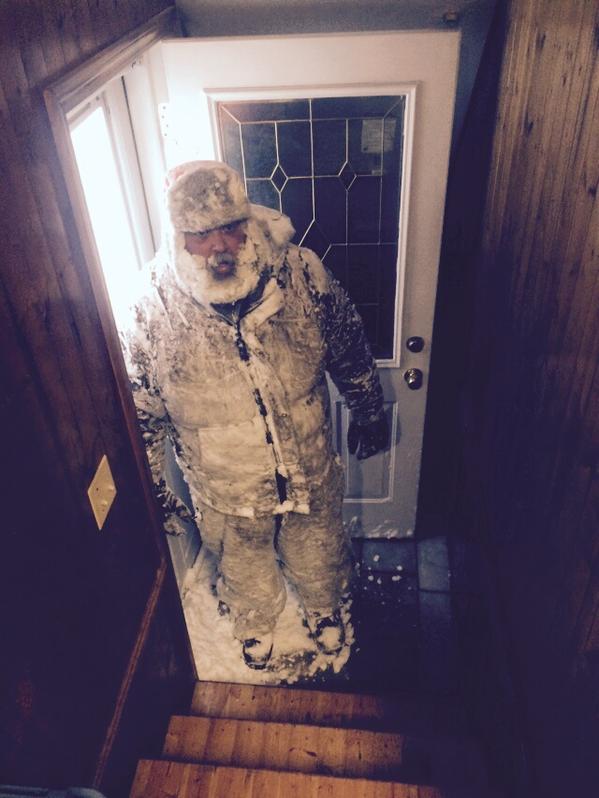

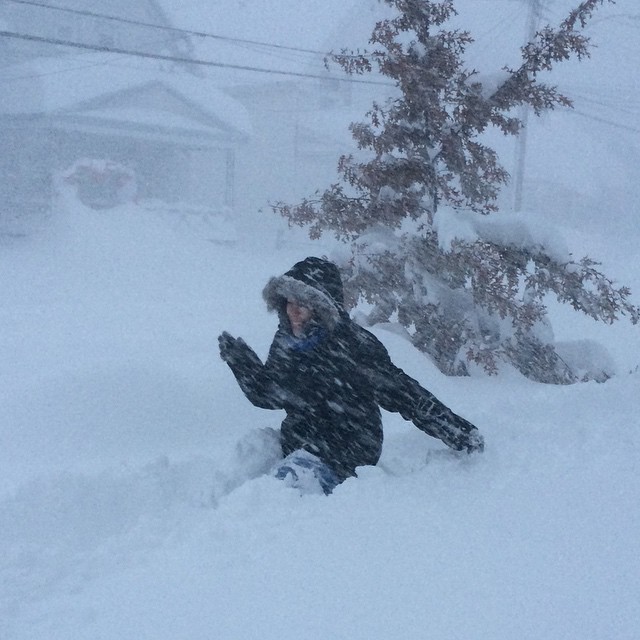
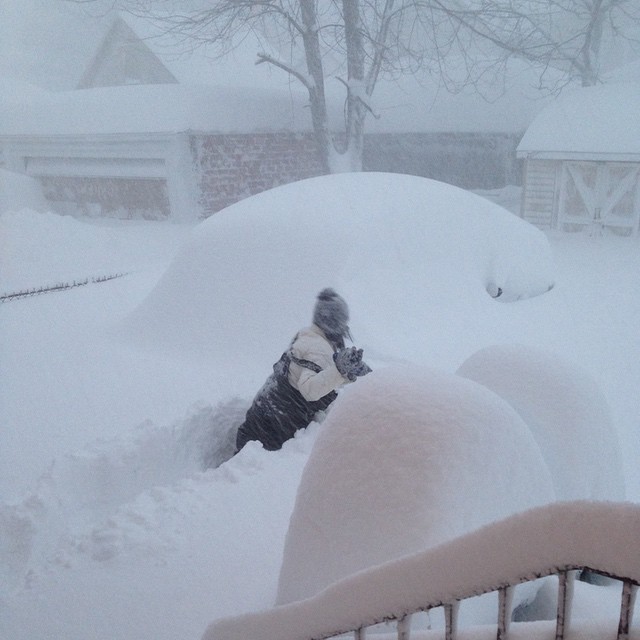
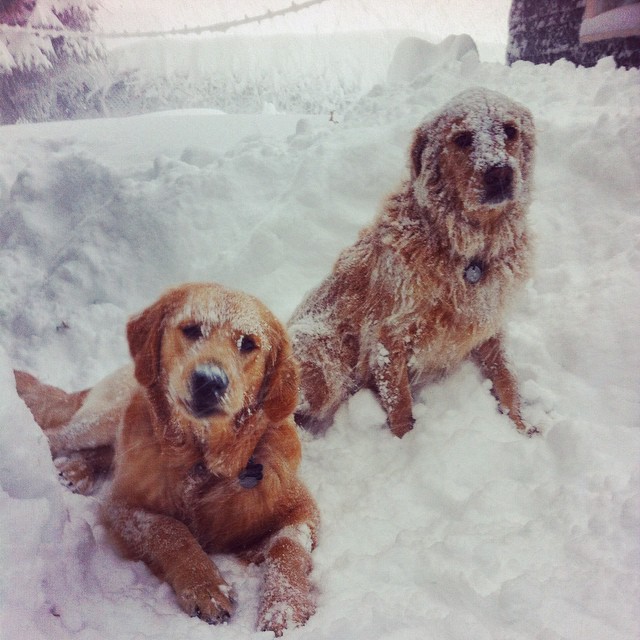


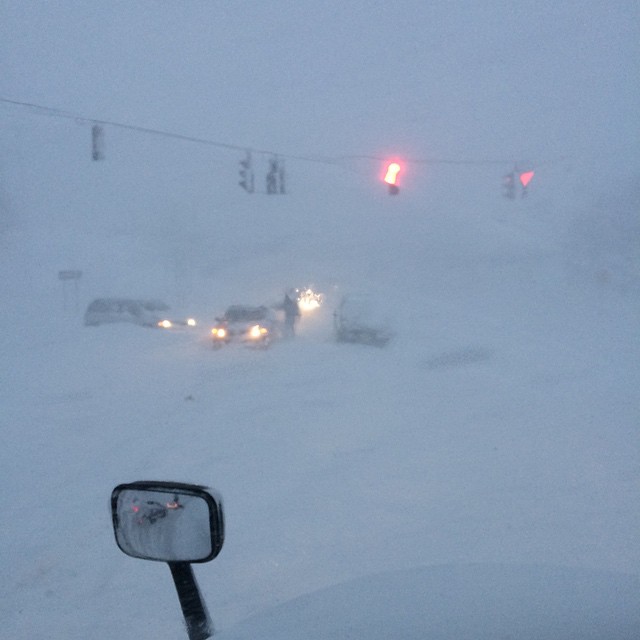


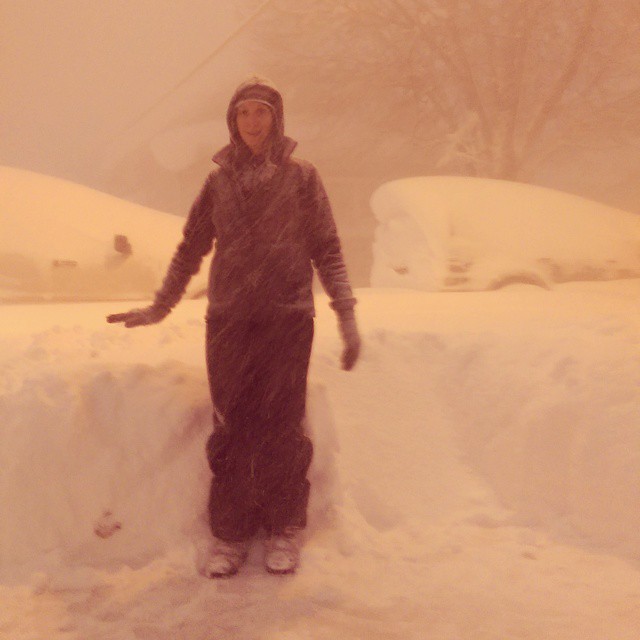
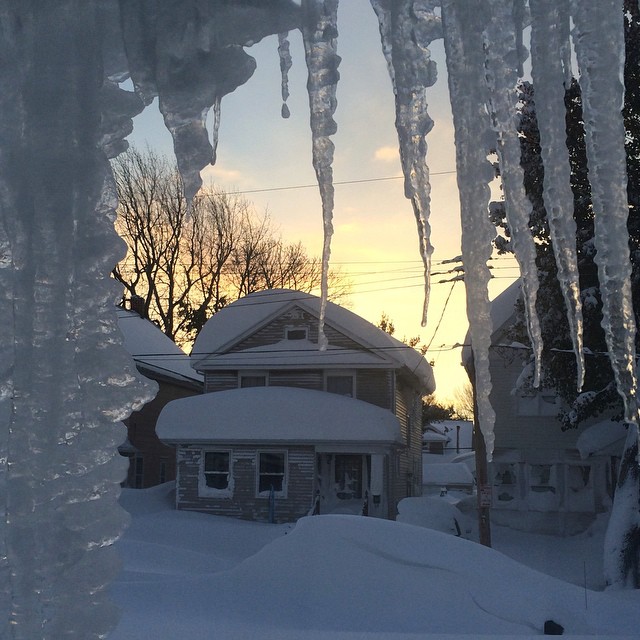
Stay Safe in the Snow
A dusting of white may be beautiful, but it can also be a pain to shovel — literally. An average of 11,500 snow shoveling-related accidents are treated in emergency rooms each year. More than half of the injuries are soft tissue ones, like pulled muscles. Not surprisingly, the most commonly injured body part is the back. We can protect ours by taking some time to walk around and warm up our muscles before digging out our front walks. Once we’ve got our shovel in hand, we should be sure to push the snow out of the way rather than lifting it, which can strain backs. Finally, don’t forget to bundle up. While we may feel warm after all that exertion, we still need to keep our bodies, hands, and heads covered.
Ward Off the Flu
We already know that cold weather doesn’t directly cause colds, but many of us are more likely to catch one in winter. Why? One theory is that shorter days and less sunlight mean less vitamin D, which results in weaker immune systems. Others believe that cold viruses survive better in cold, dry environments. Another thought is that we spend much more time indoors in the winter, meaning we breathe in more germ-filled recycled air. To fight off bugs this winter, ease up on alcohol, eat healthy, stay hydrated, get enough sleep, and, of course, wash hands often.
Keep Active
Despite the surge of fitness-related resolutions each January, we tend to exercise about five percent less in winter than in summer. If you find yourself in an exercise rut, break out by exercising in short spurts, scheduling gym visits so you can workout while watching your favorite shows, or skipping the gym altogether to work out at home or head outdoors. Try meeting a friend for a brisk walk, or taking up a new hobby like snowshoeing, which burns about 500 calories an hour, or cross country skiing, which burns more than 550 calories per hour.
Keep Your Energy Up
The shorter days in winter can make us sleepy because darkness triggers our bodies’ production of melatonin, the hormone that regulates our sleep cycles. If our bodies produce too much melatonin we may feel sleepy during the day or even experience dizziness and headaches, according to the Mayo Clinic. Keep your energy up by making sure you log seven to eight hours of sleep each night. Eat regular meals to keep your insulin levels steady so you don’t crash, and snack (healthily) when you’re hungry to give yourself an extra boost. If all else fails, have a good laugh—studies show that humor can increase energy.
This article originally appeared on RealSimple.com.
More Must-Reads From TIME
- The 100 Most Influential People of 2024
- Coco Gauff Is Playing for Herself Now
- Scenes From Pro-Palestinian Encampments Across U.S. Universities
- 6 Compliments That Land Every Time
- If You're Dating Right Now , You're Brave: Column
- The AI That Could Heal a Divided Internet
- Fallout Is a Brilliant Model for the Future of Video Game Adaptations
- Want Weekly Recs on What to Watch, Read, and More? Sign Up for Worth Your Time
Contact us at letters@time.com